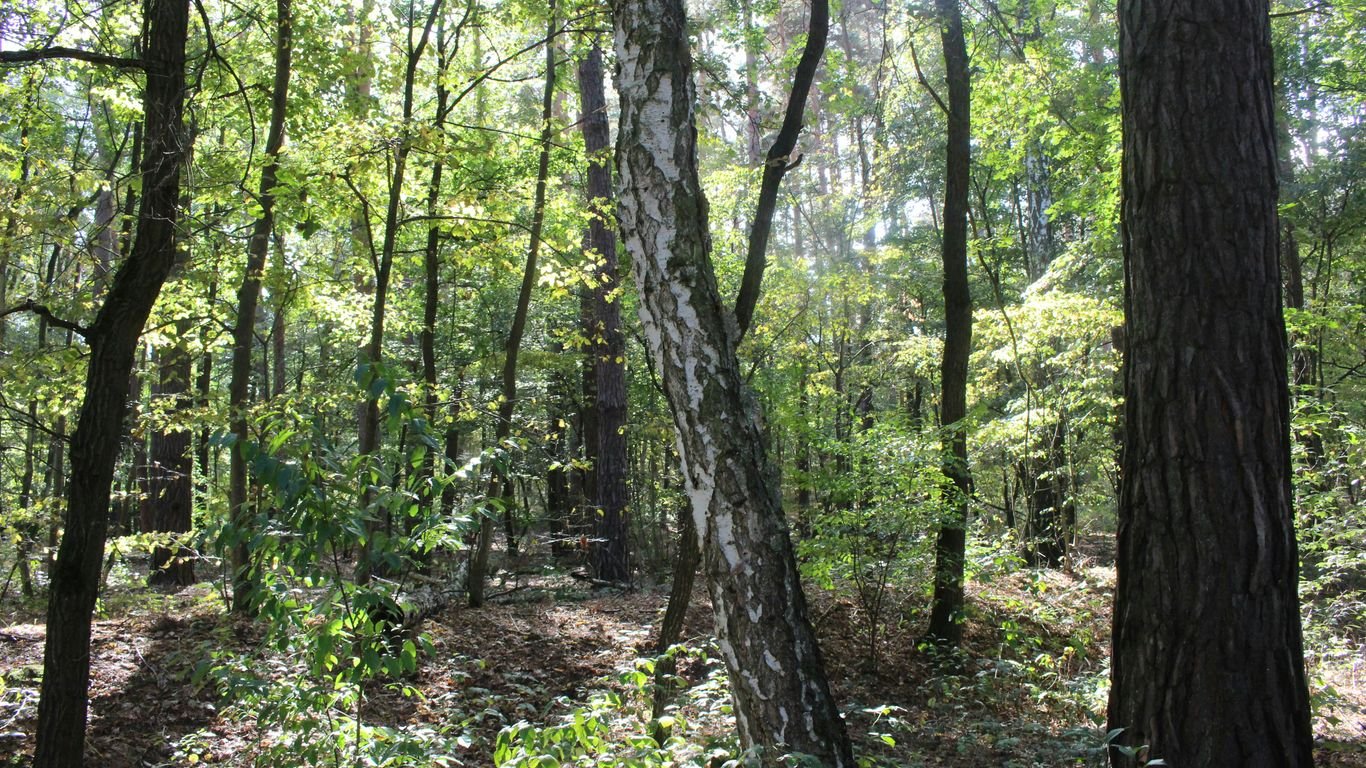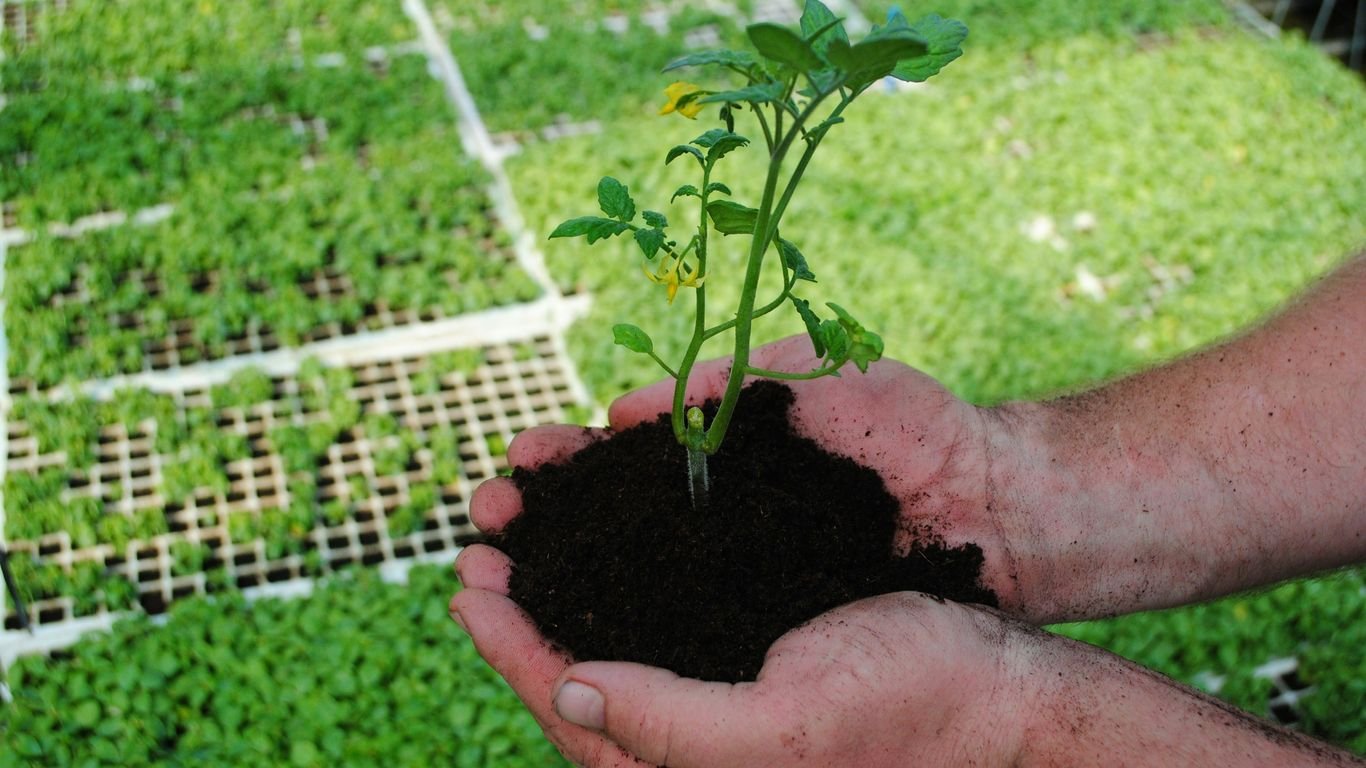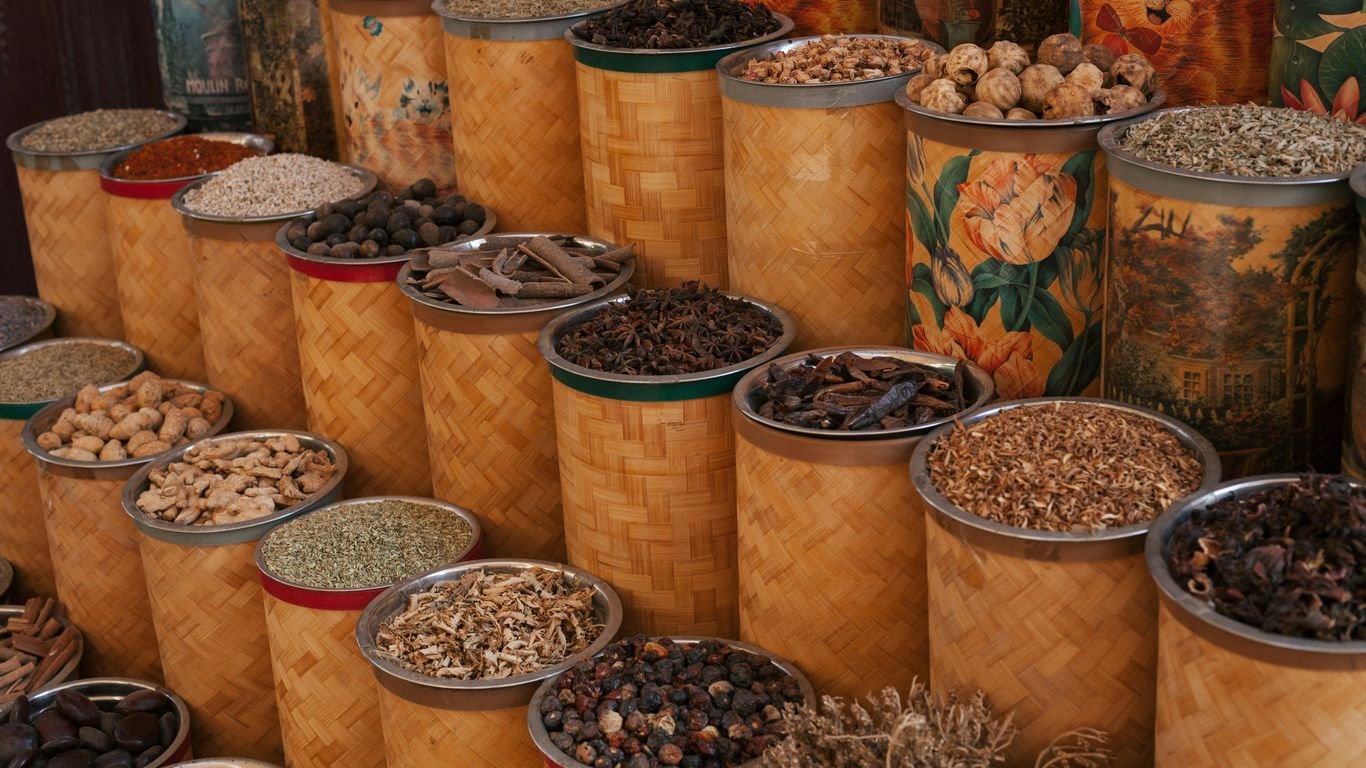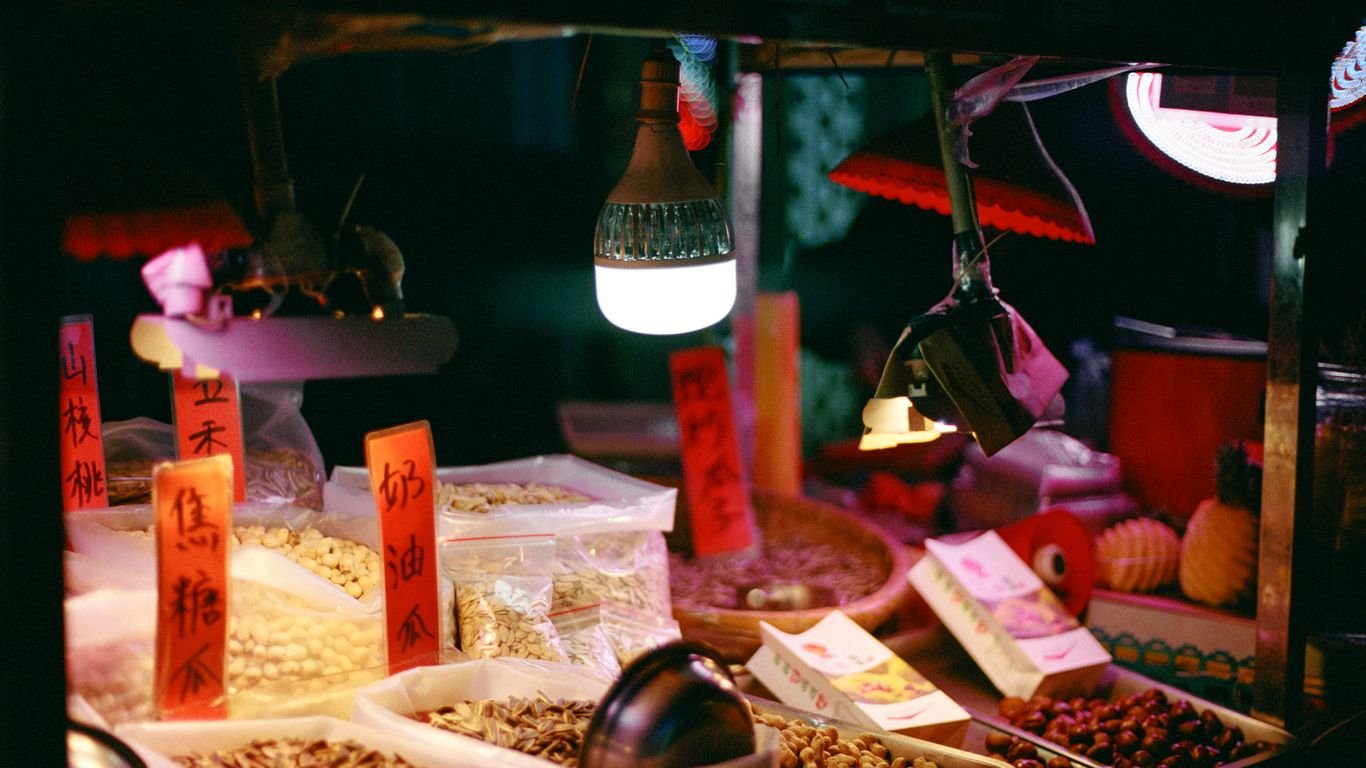Foraging in North Carolina: Wild Greens and Edible Roots to Know

Foraging North Carolina is something we’ve gotten more curious about each year. There’s just something about walking through a field or forest and spotting wild greens or roots that makes us feel more connected to the land. We’ve picked dandelions in our yards, dug up burdock roots along trails, and even tried a few edible flowers from the garden. But before we fill our baskets, we always remind ourselves that safety and respect for nature come first. Here’s what we’ve learned about finding wild foods in North Carolina, from greens to roots, flowers, and more.
Key Takeaways
- Always double-check plant identification before eating anything wild. Some edible plants have toxic twins.
- Foraging in North Carolina means following local rules—don’t pick on private land or protected areas without permission.
- Spring and fall are the best times to find many wild greens and roots, but every season has its own surprises.
- We can find edible plants in forests, parks, and even our own backyards if we know what to look for.
- Trying wild foods is fun, but start with small amounts and watch for any reactions, especially if it’s your first time.
Essential Tips for Safe Foraging in North Carolina

If we’re going to fill our baskets in North Carolina’s wild spaces, we all need to field some basic questions: What are we picking? Where can we pick it? And how do we avoid disaster while still having fun? Let’s get into the how-to of it—all stuff we’ve learned the hard way.
Identifying Plants with Confidence
If we can’t name it, we don’t eat it—simple as that. There are loads of wild plants here in North Carolina, but plenty can trip us up. One green leaf looks a lot like another until you get up close. Here’s how we handle ID:
- Always use more than one reference, like field guides, apps, or a seasoned forager friend.
- Look for the little details—leaf shape, stem fuzz, flower clusters, and even the smell.
- Don’t trust a plant from a photo alone, especially those auto-ID apps. Use them as a starting point, not the final say.
- If it’s your first time trying a new wild food, sample only a small bit. Even the tastiest wild plant can cause an allergic reaction sometimes—it’s best to be careful.
It’s way more fun to be slow and sure, instead of rushing and getting sick. Steer clear of anything you’re not 100% certain about.
Common Toxic Look-Alikes to Watch Out For
The worst foraging story is the one where you mistake something edible for its toxic double. North Carolina has a few usual suspects. Here’s a quick rundown:
| Edible Plant | Common Look-Alike | Why It’s Dangerous |
|---|---|---|
| Wild onion/garlic | Death camas | Death camas is deadly |
| Pokeweed (young, cooked) | Mature pokeweed | Older parts/toxins remain |
| Elderberry (ripe, cooked) | Hemlock, unripe | Hemlock is highly toxic |
- Double-check that all plant parts match—the leaf, stem, fruit, and flowers.
- Learn what the toxic version smells or tastes like. Wild onions, for example, must smell like onion.
- If you have even a shred of doubt, leave it.
- Take time to learn about local toxic species—especially if you’re out with kids.
Ethical and Legal Foraging Etiquette
We love foraging, but we don’t want a barren field next year or grouchy neighbors showing up. It’s about sharing and respect.
- Only take what you know you’ll use and leave plenty for plants to regenerate and for future visitors—wildlife included!
- Make sure you’ve checked regulations for the spot. Public parks, game lands, and private yards all might have different rules.
- Always get permission if you’re on someone else’s turf.
- Harvest carefully—don’t rip up plants by the roots if you can take leaves or seeds instead.
For us, good foraging is all about blending in—leaving the woods looking like we were never there.
Whether you’re deep in the woods or just exploring the backyard, the basics never change: respect, care, patience, and a bit of common sense. Let’s stay safe while filling our baskets!
Delicious Wild Greens You Can Find Throughout North Carolina

If we’re wandering the meadows, dipping into forests, or poking around old yards in North Carolina, you might be stunned by how many wild greens are just waiting for us. Whether you’re a newbie or a longtime forager, these familiar finds can totally change the way we think about our next salad or stir-fry. Let’s take a close look at some unforgettable greens in our region.
Dandelion: From Salad Greens to Coffee Substitute
Dandelions pop up everywhere—sidewalk cracks, lawns, and woods. Every part is fair game—roots, leaves, flowers. For tender, slightly bitter greens, grab them in early spring before they flower. A few ideas:
- Use the youngest leaves raw in salads (don’t overdo it, or the flavor’s a kick in the teeth)
- Toss bright flowers into slaws for color
- Roast the roots and grind them for an earthy, caffeine-free coffee (great for camp mornings)
When wild dandelion shows up in a salad, we know it’s officially spring in North Carolina.
Chickweed: A Mild Springtime Green
Chickweed prefers cool misty mornings and shady patches. It’s easy to miss until you crouch down, then you’ll see sprawling mats of delicate stems. This green is crisp and fresh, tasting a bit like sweet corn or mild spinach.
- Chop it into omelets or sprinkle over soups
- Eat it raw—perfect in foraged salads
- Use the stems and leaves (flowers are edible too!)
Here’s a quick checklist for harvesting chickweed:
- Find mats of low-growing, bright green stems
- Make sure stems have a single line of hairs
- Taste-test a bit, just to confirm (it should be mild, never bitter)
For more tips about spotting these kinds of wild plants outdoors—including mushrooms and herbs—take a peek at this list of edible wild plants and mushrooms.
Wood Sorrel and Sheep’s Sorrel: Tangy Additions
If you’re craving a lemony kick, wood sorrel and sheep’s sorrel are easy to love. Wood sorrel has distinctive heart-shaped leaves that almost look like shamrocks, while sheep’s sorrel is more upright, with arrow-shaped leaves.
- Toss a handful in salads for a citrusy boost
- Sprinkle on fish or grain bowls
- Snack as you pick (just don’t eat a pound—oxalic acid adds up)
We find sorrels growing along trails, edges of streams, and even next to parking lots. Once you spot their unique leaves, you won’t forget them.
Wild Lettuce and Plantain: For Hearty Foraged Meals
Wild lettuce isn’t that crispy stuff from the supermarket. Instead, it’s a taller plant with prickly, lobed leaves that gets a touch bitter as it ages. Still, the young leaves can be sautéed or thrown in stews for a robust side. Plantain (not the banana cousin!) is a shiny-leaved common plant in disturbed soils.
- Grill or cook wild lettuce leaves with garlic and olive oil
- Use plantain leaves for wraps or simmered in soups
- The seeds of plantain can also be collected and toasted for extra crunch
Here’s a handy table for a quick reference:
| Wild Green | Best Season | Taste | Edible Parts |
|---|---|---|---|
| Dandelion | Spring | Bitter | Leaves, flowers, roots |
| Chickweed | Spring/Fall | Mild | Leaves, stems, flowers |
| Wood/Sheep’s Sorrel | Spring/Sum | Lemony | Leaves |
| Wild Lettuce | Spring/Early Summer | Slightly Bitter | Young leaves |
| Plantain | Spring-Fall | Earthy | Leaves, seeds |
Foraging wild greens is a great excuse to get outside—and lunch feels so much more rewarding when we’ve gathered it ourselves. Just remember, don’t pick from anywhere sprayed with chemicals, and always double-check IDs when we’re new to a plant. There’s a world of flavors waiting all around us, so why not step outside and get started?
Mountain Treats: Edible Roots and Tubers to Dig Up
When we hit the trails in North Carolina’s mountains, some of the best edible discoveries are hiding out of sight, just below the surface. These roots and tubers pack hearty nutrition and let us feel a bit like real-deal foragers. Digging them up is part treasure hunt, part hard work—but it’s worth it.
Burdock Root: Earthy and Nutritious
Burdock is easy to pass over until you get to know it. This plant with big, rough leaves and clingy burrs hides a long, earthy root underground. When we dig it up, we find a crisp, carrot-like texture and a flavor that’s part sweet, part bitter. Loaded with minerals like magnesium and iron, burdock makes a fantastic addition to hearty stews, teas, or even simple stir-fries.
- Always dig up burdock in softer soil to avoid snapping the root.
- Scrub it well—there’s a lot of dirt trapped in the nooks.
- Slice into thin coins, sauté, or simmer in broth for a true Appalachian-style dish.
Burdock root feels a bit like mining for food: it takes real work, but holding that hearty, wild vegetable in your hands is simply satisfying.
Jerusalem Artichoke: A Hidden Tubular Gem
Jerusalem artichokes, also called sunchokes, are knobby tubers that grow in sunny patches and along woodland edges. These little guys are relatives of sunflowers and produce yellow blooms in late summer. What we’re really after, though, is underground: a cluster of bumpy, sweet roots. Raw or roasted, they taste nutty and crisp, almost like water chestnuts.
- Hunt for them from October through March, after the plant dies back.
- Scrape off the thin skin—there’s no need to peel completely.
- Try them sliced raw in salads, roasted with salt and oil, or blended into creamy soup.
| Foraged Root | Best Season | Taste Profile | Main Uses |
|---|---|---|---|
| Burdock | Late summer | Earthy, a little sweet-bitter | Stews, stir-fry, tea |
| Jerusalem artichoke | Fall-winter | Nutty, crisp | Roasted, raw, blended soup |
| Chicory | Fall | Bitter, robust | Coffee substitute, roasted |
Chicory Roots: A Mountain Coffee Alternative
If you spot pale blue wildflowers lining a country road, you’re probably looking at chicory. We pull this root in the fall, wash, dry, and roast it until dark. Ground up, it makes a rich, caffeine-free coffee alternative—classic in mountain kitchens when coffee beans were hard to find. It’s also good for adding a little bitterness to foraged salads or cooked greens.
- Harvest only where you’re sure pesticide hasn’t been sprayed.
- Scrub and chop the roots, then roast in a low oven until dry and brown.
- Brew alone or mix with coffee for an earthy, mountain-inspired cup.
Digging wild roots in the North Carolina mountains connects us to centuries of traditional foraging. These hidden treasures bring unexpected flavors and stories to our table.
Edible Flowers and Blossoms in North Carolina Foraging

There’s something pretty special about gathering edible flowers in the wilds of North Carolina. Flowers aren’t just for looking at—they pack flavors, colors, and even some solid nutrition into foraged meals. We can find everything from tangy to sweet blooms in parks, meadows, and sometimes right in our own backyards. Let’s walk through a few favorites that tend to show up during spring and early summer, giving our kitchen routines a flavorful shake-up.
Redbud Blossoms: Spring’s Pea-Flavored Surprise
If you spot a redbud tree along a hiking trail, stop and take a look at its vibrant magenta flowers. These are some of the first blossoms to pop open in spring. The petals taste a lot like fresh snow peas—mild but distinct, with a little tanginess. Sprinkle them in salads, on avocado toast, or even over roasted veggies for a burst of color and flavor. We usually forage redbud blossoms in early spring before the leaves fully open. They’re loaded with vitamin C, which is a welcome boost after a long winter.
Wild Violets and Pansies: Beauty and Nutrition
Both wild violets and “Johnny Jump Ups” (aka wild pansies) make for beautiful finds in shady corners of woodland trails and old lawns. Wild violet flowers have a gentle, sweet taste that slips right into teas, syrups, or simple salad greens. Pansies have a mild, minty quality that’s really nice on desserts or mixed into a fruit salad. We never skip a chance to toss these edible flowers into everything from leafy greens to baking projects.
Here’s a quick look at how we use them:
- Toss fresh violets onto green salads for color and sweetness
- Freeze whole pansy blossoms in ice cubes for fancy drinks
- Steep wild violet petals in honey or vinegar for delicate, floral infusions
Foraged edible flowers often surprise us with subtle flavors and a hit of nostalgia—reminding us that spring is short, but memories can stick around much longer.
Elderflowers: Fragrant Remedies and Syrups
Come late spring, elder shrubs along the edges of fields and streams produce umbrella-shaped clusters of creamy white flowers. Elderflowers smell amazing and bring a sweet, almost fruity taste to anything we make. We use them in old-school cordials, homemade sodas, or cooked into syrups that can brighten up pancakes, cakes, or even cocktails. Don’t forget: only collect elderflowers from plants you’ve positively identified, since other parts of the elder plant aren’t edible. For a similar spring floral treat, some folks experiment with roses in teas and jams—they add a gentle, fruity touch to kitchen projects (roses for teas and jams).
Quick Tips for Foraging Edible Flowers:
- Only pick flowers from areas free of pesticides or exhaust.
- Gather in the morning, when petals are freshest.
- Leave plenty behind—pollinators need them too!
With spring and early summer offering such a wild variety, we’ve made edible flowers a regular part of our foraging hauls. Whether it’s for salads, desserts, or just the fun of it, a handful of blossoms adds a little magic to the everyday hunt for wild foods.
Where to Go Foraging in North Carolina’s Wild Spaces

Foraging in North Carolina is like being let loose in one big edible playground. We’ve got everything from coastal plain fields to mountain forests—each one has its own surprises and tasty plants waiting to be found. Knowing where to look makes a world of difference. Let’s lay out the best spots, what to expect, and when to hit them for the biggest haul.
National Forests and State Parks to Explore
North Carolina’s public lands are packed with foraging opportunities. Here are a few favorite spots that keep calling us back:
- Uwharrie National Forest: Lush with wild persimmons, grapes, and the occasional patch of pawpaw.
- Pisgah National Forest: Great for ramps, Jerusalem artichokes, and black walnuts if you know the trails.
- Great Smoky Mountains National Park: Wild berries and violets love the shady slopes and trailsides here.
- Croatan National Forest: Marshy spots and wooded trails hide edible greens and roots.
Just remember, always check local regulations before gathering. Some plants are protected or require a permit to harvest, like ginseng.
Backyard and Urban Foraging Hotspots
We don’t always need wilderness to find something edible—sometimes, the best finds are right under our noses.
- City parks often have dandelions, plantain, and clover (as long as they’re in unsprayed areas).
- Old home sites and suburban edges yield chickweed, lamb’s quarters, and wild onions.
- Vacant lots can be wild green wonderlands in spring and early summer.
If you’re foraging around town, look out for places that haven’t been sprayed with chemicals, and always get permission if it isn’t your property.
Peak Harvest Seasons for Your Foraging Calendar
Each plant has its season—some you’ll find year-round, others you’ll miss if you blink. Here’s a quick look at typical timing in our state:
| Forageable | Best Harvest Season |
|---|---|
| Ramps | Early Spring (March–April) |
| Dandelion Greens | Spring/Fall |
| Wild Violets | Spring |
| Black Walnuts | Early Fall |
| Pawpaws | Late Summer/Early Fall |
| Jerusalem Artichoke | Late Fall |
A little local knowledge goes a long way when foraging. If in doubt, talk to experienced foragers or join a local plant walk—we’ve learned some of our best spots just by swapping tales over a cup of coffee.
Whether you’re deep in the woods or poking around the edges of your own yard, North Carolina is covered in wild food, if you know where to look. Grab a basket, keep that field guide handy, and see what you can find!
Nutritional Benefits and Tasty Uses for Foraged Foods
Exploring North Carolina’s wild foods goes way beyond just adding greens to our picnic baskets. Foraged foods bring a bunch of nutrients and flavors you just don’t get at the store. Sure, you have to spend a little time with dirt under your nails, but the stuff we bring home is packed with goodness.
Getting Vitamins and Antioxidants from the Wild
Let’s be real: wild greens and roots may not win if you’re counting calories, but they absolutely shine when you’re after vitamins and minerals. Many foraged plants, even those humble ones like chickweed or burdock root, are loaded with the good stuff—think iron, vitamin C, magnesium, and antioxidants. And since these plants grow wild without fertilizers or pesticides, we’re often getting nutrients that are just more present than what we’d find in the grocery aisles. Here’s a handy chart comparing a few foraged options:
| Wild Food | Vitamin C | Minerals (mg/100g) | Antioxidant Content |
|---|---|---|---|
| Dandelion Greens | High | Potassium: 397 | High |
| Burdock Root | Medium | Iron: 0.8 | High |
| Redbud Flowers | High | Vitamin A: 64 | Medium |
| Wild Violets | High | Vitamin C: 20 | High |
We also shouldn’t overlook edible options like Poke and Clearweed, which provide energy but have lower calories compared to cultivated crops. You can compare their benefits with other wild edible plants found in North Carolina.
Every basket of foraged greens or roots is full of tasty surprises, often with more vitamins and minerals than most store-bought produce.
Creative Ways to Cook and Enjoy Your Finds
Let’s not act like every wild salad is going to win a cooking contest, but some simple recipes do hit the spot. Here are a few ways we like using our wild harvests at home:
- Wild greens pesto: Blend up chickweed, dandelion, or sorrel with olive oil and nuts for an earthy, green spread.
- Stir-fries and sautés: Toss wild garlic, plantain, or wood sorrel into a quick pan-fry with eggs or potatoes.
- Salads and soups: Redbud blossoms and wild violets brighten up boring greens, while burdock and sunchokes bulk up any brothy soup.
Even a sprinkle of chopped wild herbs on pizza or pasta gives a burst of flavor and a vitamin boost. And don’t forget, some roots like chicory make a bold, caffeine-free coffee substitute—just roast, grind, and brew.
Preserving Wild Greens and Roots All Year Round
We know foraging doesn’t last all year, so it makes sense to stash some finds for leaner times. Here are ways we keep those wild goodies on hand:
- Freezing: Blanch wild greens like dandelion or chickweed and freeze them for smoothies or stews later.
- Pickling: Jerusalem artichokes or burdock make crunchy pickles—perfect for snacks or sandwiches.
- Drying: Hang herbs like wild garlic or sorrel, or even dehydrate root slices; they store easy and last for months.
A pretty simple routine, but it keeps our kitchen stocked with wild flavors even in the middle of winter.
So next time you’re out in the woods, remember: we’re not just picking snacks—we’re boosting our meals with wild nutrition and flavors that you just can’t buy at the store.
Conclusion
So, that’s our look at foraging wild greens and roots in North Carolina. There’s honestly a lot out there if we just slow down and pay attention. Whether we’re poking around our own backyards or hiking through the woods, it’s kind of amazing how much food is hiding in plain sight. Of course, we always need to be careful—double-check what we pick, avoid spots that might be sprayed, and never eat anything we can’t identify for sure. But with a little practice and some good resources, foraging can be a fun way to get outside, try new flavors, and maybe even connect with some old traditions. Next time you’re out, keep your eyes open—you never know what tasty surprise you’ll find growing right under your feet.
Frequently Asked Questions
Is it legal to forage for wild plants in North Carolina?
Foraging is allowed in some places, but not everywhere. We should always check the rules before we start picking plants. Many state parks and some private lands don’t allow foraging. If we want to forage on someone else’s property, we must ask for permission first.
How can we tell if a wild plant is safe to eat?
We should never eat a plant unless we are 100% sure it’s safe. It’s best to use more than one guidebook and ask an expert if we’re unsure. Some apps can help, but they’re not always right. If we’re trying a new wild food, we should eat only a little at first to see if it agrees with us.
What are some common poisonous plants that look like edible ones?
Some dangerous plants look a lot like safe ones. For example, foxglove can look like other leafy greens, and pokeweed can be mistaken for docks when it’s young. We need to learn about these look-alikes so we don’t make a mistake.
Where are the best places to go foraging in North Carolina?
We can find wild greens and roots in many places, like national forests, state parks, and even our own backyards. Some popular spots include Pisgah National Forest, Great Smoky Mountains National Park, and Eno River State Park. Urban parks and empty lots sometimes have edible plants too, but we should always avoid areas that may have been sprayed with chemicals.
How do we make sure we’re foraging responsibly?
We should only take what we need and leave enough for wildlife and other people. We shouldn’t dig up whole plants unless it’s allowed and there are plenty around. It’s important to stay on trails when possible and not damage the area. We always want to leave the place looking as good as we found it.
What are some easy wild greens and roots to start with?
Some of the easiest wild foods to find are dandelion, chickweed, wood sorrel, and plantain. For roots, burdock and Jerusalem artichoke are good options. These plants are common and don’t have many dangerous look-alikes, making them a smart choice for beginners.






